Edit: This question has been re-worked to provide better clarity of my problem.
There's 2 factors to my question.
First Factor: I have a validation list in a sheet called "Admin Sheet". In that list are 'Tasks'. I would like to cross reference those tasks in the "list", against those contained in a range (rangeString) taken from another sheet and count the number of 'Occurrences' for each item.
i.e. Task 1 appears 3 times, Task 2 appears 1 time, etc etc..
Factor 2: For each item within the list I would also like to gather the number of 'Hours' spent on that task.
For example: Task 1 may appear 3 times on 3 different rows within the range. On each row in another column are the hours spent on that particular task. I would like to 'Sum' those hours from the 3 rows and I'd like to do this for all the 'Tasks'.
Note: The range is variable and will change daily. Note: The columns that contain the info are: 'F' - Tasks and 'K' for Hours.
My current attempt at just capturing 'one' Task and its Hours associated with it:
Dim PaintWWArray() As Variant
Dim PHoursCnt As Long
Set srchRng = ActiveSheet.Range(rangeString)
Set rngfindValue = srchRng.find(what:="AD PAINTING W/W", Lookat:=xlPart)
'Find all the Tasks and Hours
If Not rngfindValue Is Nothing Then
rngFirstAddress = rngfindValue.Address
Do
PaintWWCnt = PaintWWCnt + 1
PHoursCnt = rngfindValue.Offset(0, 4).Value
ReDim Preserve PaintWWArray(PHoursCnt)
PaintWWArray(PHoursCnt) = PHoursCnt
Set rngfindValue = srchRng.FindNext(rngfindValue)
Loop Until rngfindValue Is Nothing Or rngfindValue.Address = rngFirstAddress
PWWSum = Application.WorksheetFunction.Sum(PaintWWArray)
MsgBox PWWSum
End If
Once I have collected the number of 'Occurrences' for each Task and the Sum of the hours for each task, I want to pass them into another sheet.
Worksheets("Weekly Data").Range("C6").Value = PaintWWCnt
Worksheets("Weekly Data").Range("D6").Value = PWWSum
I hope this is clearer...
